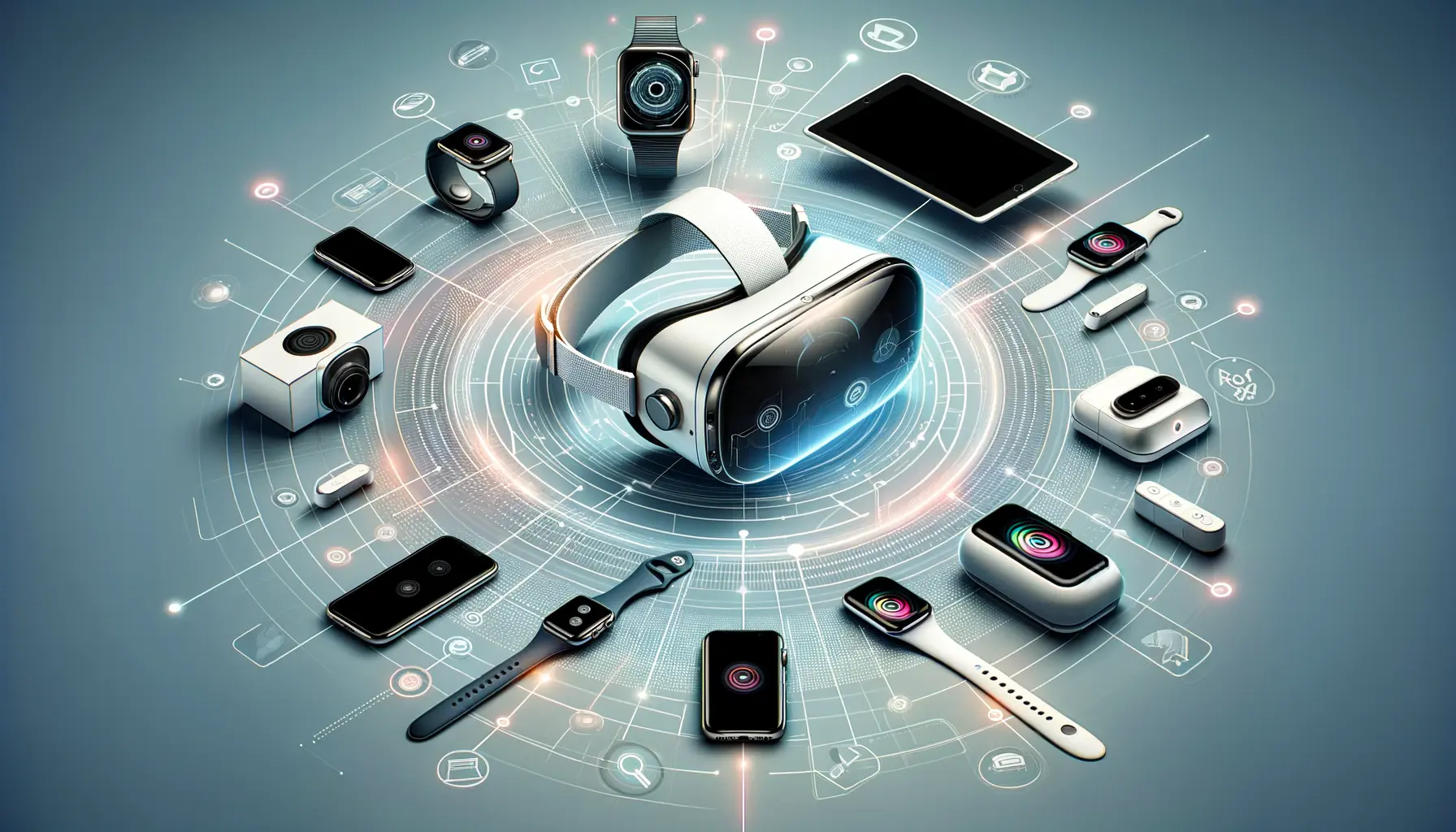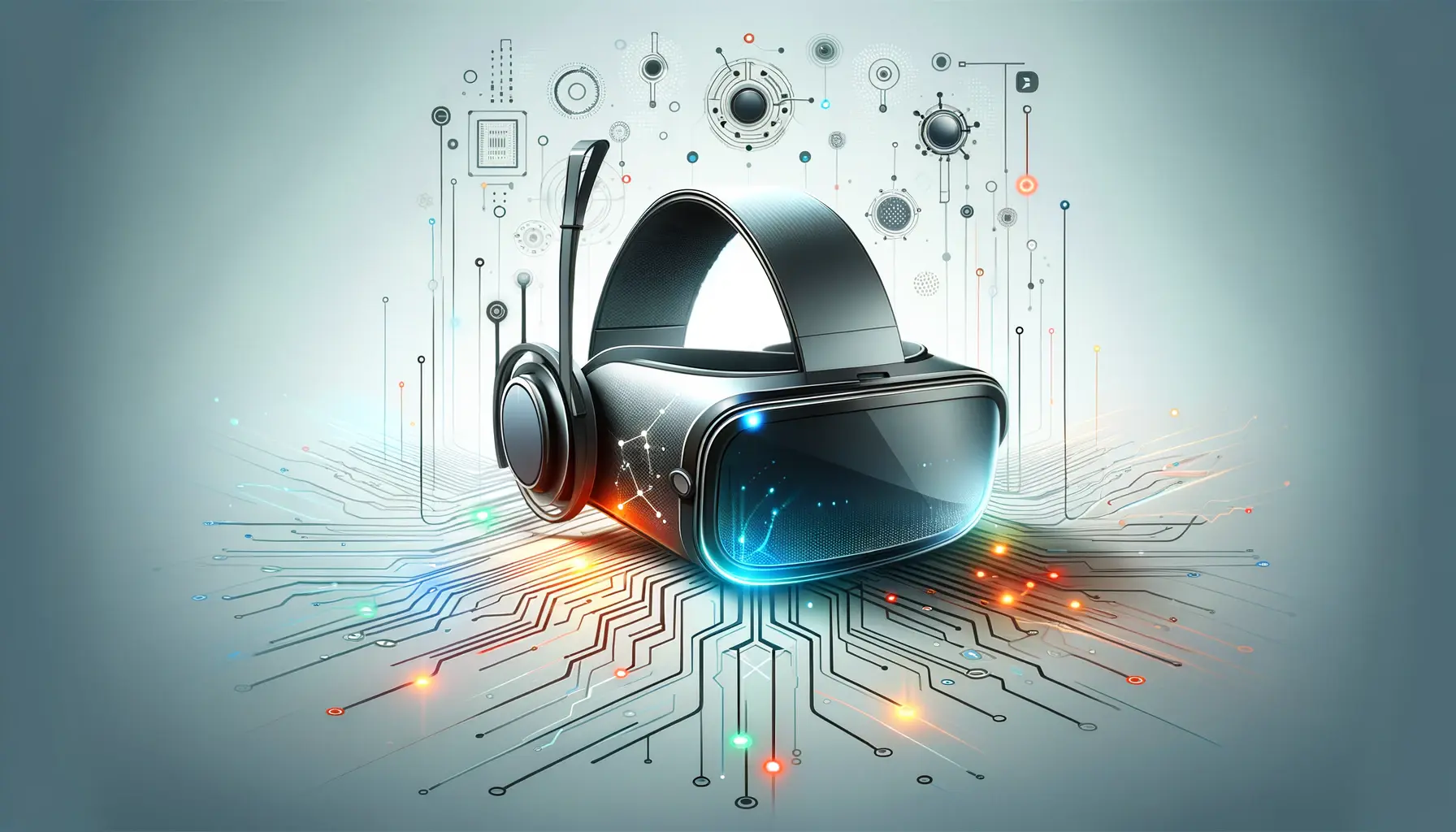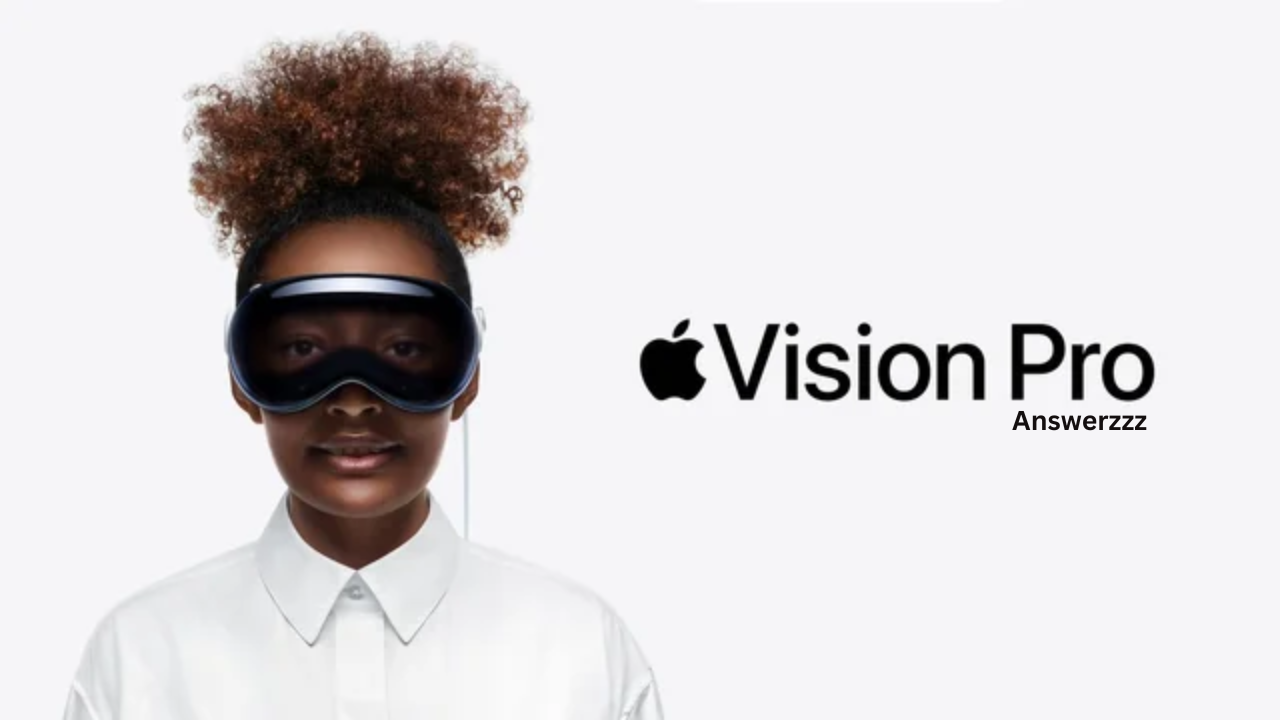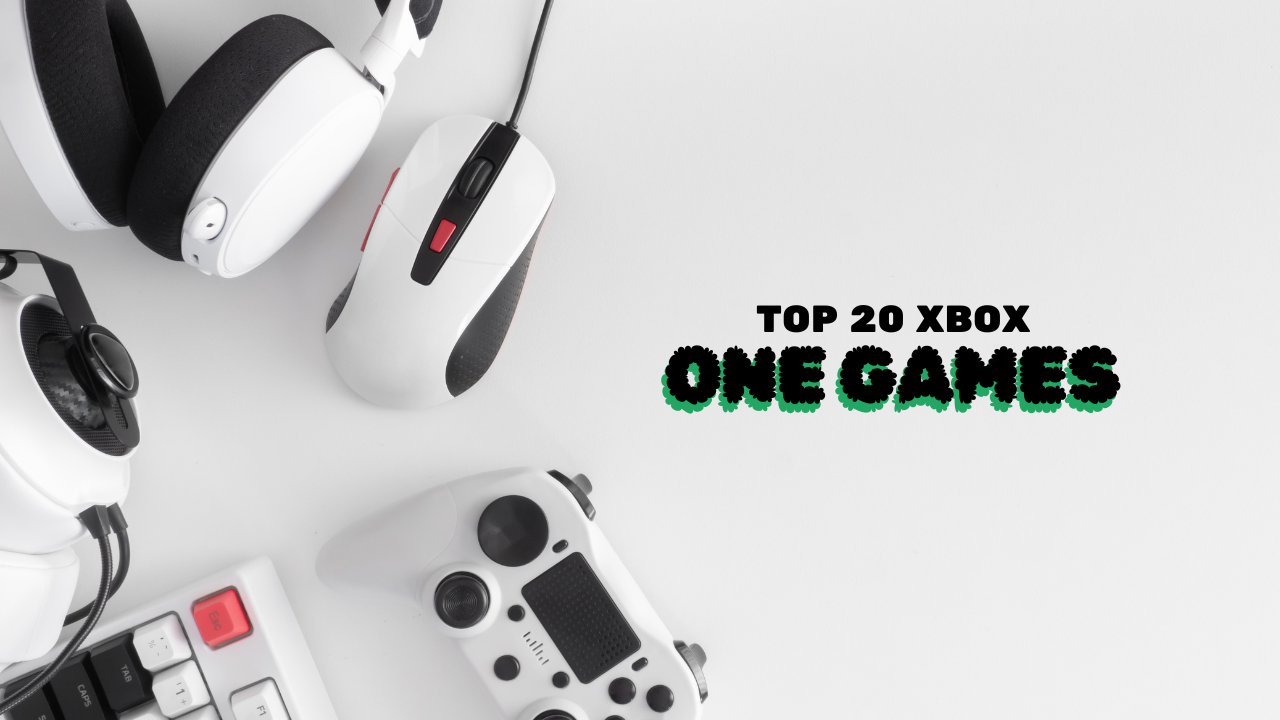In a world driven by technological innovation, Apple has consistently been at the forefront of delivering groundbreaking products. From the iPhone revolutionizing the smartphone industry to the Apple Watch setting new standards for wearables, Apple’s ventures have set the tone for the tech landscape. With the introduction of the Apple Vision Pro, Apple took another bold leap into a realm that combines augmented reality (AR) and virtual reality (VR). This comprehensive review delves into the Vision Pro’s design, performance, features, and user experience, providing an in-depth look at what could be the future of immersive computing.
A New Era of Spatial Computing
Apple Vision Pro represents Apple’s first foray into the world of spatial computing, blending AR and VR capabilities in a sleek, user-friendly package. Spatial computing is a new paradigm in technology where digital information is layered seamlessly into the physical world. Apple Vision Pro takes this concept further by creating an immersive experience that makes digital content appear as though it exists in the real world, blurring the lines between the virtual and the physical.

From the moment the Vision Pro was unveiled, it was clear that this device was designed to redefine how we interact with digital content. The Vision Pro isn’t just a headset—it’s an entire ecosystem of experiences, designed to create a new way of seeing and interacting with technology.
Design and Build Quality
One of the standout features of the Apple Vision Pro is its design. True to Apple’s philosophy of sleek aesthetics and functional design, the Vision Pro sports a minimalistic look with a futuristic twist. The device features a lightweight, curved glass front that seamlessly transitions into a custom-fit headband. It’s built with a combination of durable aluminium and soft, breathable fabric, ensuring a comfortable fit even for extended use. The headband is adjustable, allowing users to customize the fit to their preference, making it suitable for a wide range of head sizes.
The display system is a marvel of engineering, featuring two ultra-high-resolution micro-OLED screens that deliver stunning clarity and vibrant colours. Apple’s focus on visual quality is evident, as the displays produce incredibly sharp text and images, making it difficult to distinguish between digital and real-world content. This clarity is crucial for an immersive experience, especially when working with detailed 3D models or watching high-definition content.
Affordable Tech: Top 5 Budget-Friendly Gadgets That Deliver High Performance
In addition, the Vision Pro is designed with user comfort in mind. The headset is equipped with a ventilation system that prevents overheating, a common issue with many AR and VR devices. The combination of lightweight materials, ergonomic design, and effective cooling makes the Vision Pro comfortable to wear for extended periods, whether you’re using it for work, entertainment, or creative projects.
Performance: Power and Efficiency
Under the hood, the Apple Vision Pro is powered by Apple’s new R1 chip, designed specifically for handling spatial computing tasks. The R1 chip works in tandem with the M2 chip, ensuring a seamless performance that can handle complex AR and VR applications without lag. This dual-chip setup allows the Vision Pro to render high-quality graphics in real time, delivering a smooth, immersive experience that Apple has termed “infinite computing.”
The M2 chip’s capabilities are well-documented, but its integration with the R1 chip elevates the Vision Pro’s performance to a new level. The R1 chip processes inputs from the device’s sensors nearly instantaneously, reducing latency to a mere fraction of a second. This ultra-low latency is critical for providing a believable, comfortable AR/VR experience, as it minimizes the lag between user actions and the corresponding virtual response.

Apple has also equipped the Vision Pro with a wide array of sensors, including LiDAR scanners and high-resolution cameras. These sensors allow the Vision Pro to map the user’s environment in real time, making it possible to overlay digital content with precise spatial awareness. This feature is particularly useful for applications like interior design, where users can visualize how new furniture might look in their actual living room, or for gaming, where virtual elements can interact seamlessly with the physical environment.
User Experience: A New Way to Interact
The Apple Vision Pro’s user interface, known as visionOS, has been built from the ground up to leverage the capabilities of spatial computing. VisionOS is a completely new operating system that allows users to interact with digital content in three-dimensional space using gestures, voice commands, and eye tracking.
Eye-tracking technology is one of the standout features of the Vision Pro. The device uses advanced cameras and sensors to detect where the user is looking, allowing them to navigate menus and select options simply by looking at them. This feature makes the experience feel intuitive and natural, as users no longer need to rely on handheld controllers or touchpads.
In addition to eye tracking, the Vision Pro supports hand gestures for interaction. Users can tap, swipe, or pinch in mid-air to control the device, creating an experience akin to what we’ve seen in science fiction films. This gesture-based control scheme is highly responsive and works well in a variety of lighting conditions, thanks to the device’s sophisticated sensor array.
The Ultimate Guide to Choosing the Best Foldable Smartphones in 2025
Siri integration adds another layer of convenience, allowing users to perform tasks using voice commands. Whether it’s launching an app, searching for information, or adjusting settings, Siri on the Vision Pro feels like a natural extension of the user’s voice, making the device hands-free and versatile.
Applications and Use Cases
The Vision Pro is positioned as a versatile tool, catering to a wide range of use cases from entertainment and gaming to productivity and creativity. Apple has partnered with developers across the globe to bring a rich library of apps optimized for the Vision Pro’s capabilities.
Entertainment and Media
For entertainment enthusiasts, the Vision Pro offers an unparalleled experience. With its ultra-high-resolution display and spatial audio system, users can enjoy movies, TV shows, and games in a truly immersive format. Watching a movie on the Vision Pro feels like sitting in your own private IMAX theatre, with a giant virtual screen and sound that envelops you from all directions.
The Vision Pro also supports popular streaming services, including Apple TV+, Netflix, and Disney+. Apple has incorporated its proprietary spatial audio technology, which uses dynamic head tracking to deliver sound that feels like it’s coming from specific directions, enhancing the immersive effect.
Productivity and Collaboration
In the realm of productivity, the Vision Pro opens up new possibilities for multitasking and collaboration. The device can project virtual displays in front of the user, allowing them to work on multiple screens simultaneously without the need for a physical monitor setup. This feature is particularly beneficial for professionals who require a multi-monitor workflow, such as programmers, designers, and financial analysts.
The Vision Pro also integrates seamlessly with existing Apple devices, such as the Mac and iPad. Users can extend their Mac desktop into the Vision Pro’s virtual environment, creating a vast digital workspace that’s only limited by the user’s imagination. Collaboration is made easy with the FaceTime app, which uses avatars and spatial audio to create a sense of presence, making remote meetings feel more personal and engaging.

Creativity and Design
For creative professionals, Vision Pro offers powerful tools for 3D modelling, video editing, and digital art. The ability to interact with digital objects in a three-dimensional space opens up new avenues for creativity, allowing users to design and manipulate models with a level of precision that’s difficult to achieve on a traditional screen.
Artists and designers can use the Vision Pro to sketch, paint, and sculpt in a virtual environment, bringing their ideas to life in a way that feels more tactile and immersive. The device’s high-resolution display ensures that even the finest details are visible, making it an excellent tool for creating intricate digital artwork.
Price and Availability
The Apple Vision Pro comes with a premium price tag, reflecting its cutting-edge technology and high-end build quality. Priced at around $3,499, the Vision Pro is positioned as a luxury device for early adopters and professionals who are looking for a powerful tool for work and entertainment. It’s available for pre-order in select countries, with a broader rollout expected in the coming months.
While the price may be a barrier for some, Apple’s track record suggests that the Vision Pro will set the standard for future AR/VR devices, much like the iPhone did for smartphones.
Final Verdict: Is the Apple Vision Pro Worth It?
Best Wearable Tech of 2024: Smartwatches, Fitness Bands, and More
The Apple Vision Pro is a bold and ambitious product that pushes the boundaries of what’s possible with AR and VR technology. Its sleek design, powerful performance, and intuitive user interface make it a compelling choice for anyone looking to explore the future of immersive computing. Whether you’re a tech enthusiast, a creative professional, or someone seeking new ways to interact with digital content, the Vision Pro offers an experience unlike any other device on the market.
However, the high price point may limit its appeal to a niche audience initially. For those willing to invest, the Vision Pro promises a glimpse into the future of technology—a future where the digital and physical worlds blend seamlessly, and our interactions with computers become more natural and immersive than ever before.



